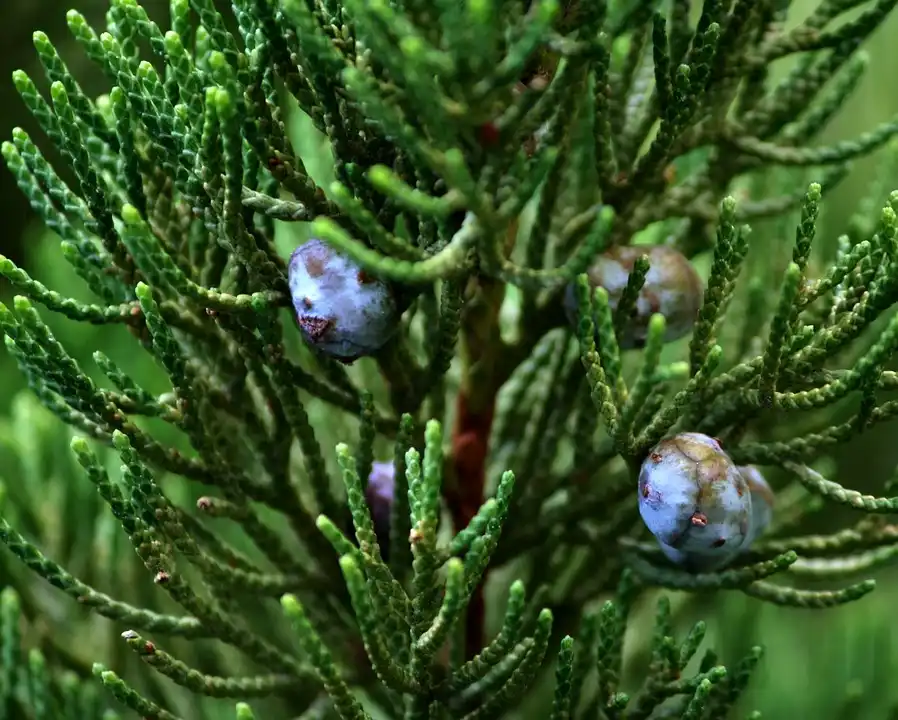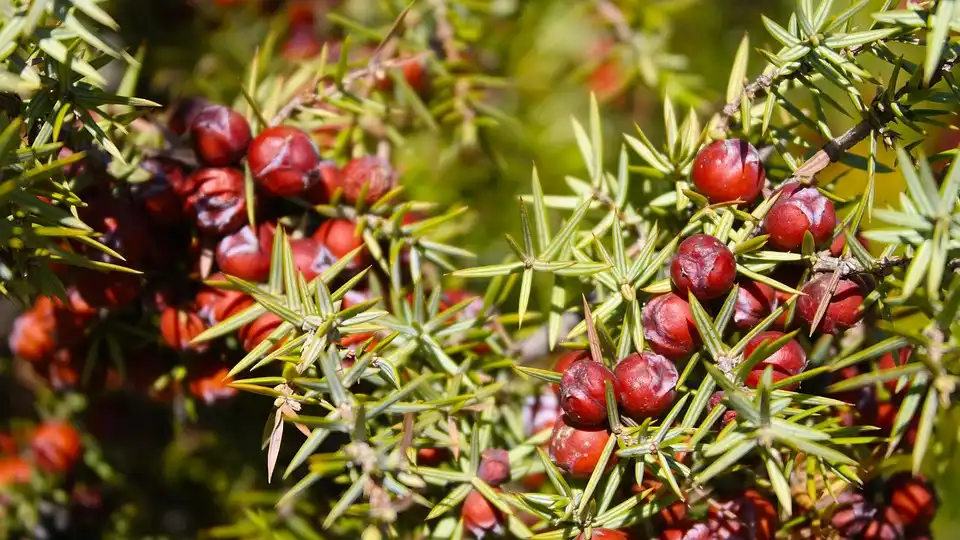When is the Best Time for Planting Juniper Trees?
Juniper trees are some of the most versatile conifers in existence. A product of the events that caused one of the worst extinction events in Earth’s history, junipers have been around for a long time. Tribes and territories of antiquity found myriad uses for the aromatic redwood and bitter, slightly peppery berries.
Even today, juniper is one of the more popular choices for timber projects because of the strength and durability of its wood, and its flavorsome berries are used in the making of the Dutch libation, often regarded as the work of the British; Gin. Juniper is even an incredibly popular choice for bonsai enthusiasts.
With so much historical and modern relevance, it’s pertinent to know when to plant Juniper trees.
When to Plant Juniper Trees
A juniper’s favorite time of year to be planted is in fall. This is because planting in the fall ensures healthy root growth and proper settling when the first colorful bursts of spring arrive.
You should have ample success if you plant juniper in the spring too, just take care to give your new sapling more water in the beginning.
You could realistically plant juniper any time of the year because it’s an incredibly hardy plant. I suppose belonging to a family of trees that originated in the ice age would have that effect on a plant.
Juniper is likely to thrive during all weather conditions, ranging from warm and moist to cold and dry. These incredibly versatile plants require well-drained soil to thrive and do not like wet feet. In other words, you shouldn’t plant a juniper where its roots will be lying in the water. These conditions promote fungal infections and are perfect for root rot to set in.
Conditions Juniper Will Grow in
One of the primary reasons juniper appeals so to us is that it has such a high tolerance for a great many otherwise challenging conditions.
Air Pollution
Juniper can be grown successfully in areas with high air pollution. While plants and trees are known to improve the air quality as they grow, not all plants are suited to thrive in pollution. Plants require a certain amount of relatively clean air to grow successfully.
Juniper is different. Because of how hardy it is, juniper can actually thrive in polluted conditions. This means that while your juniper is cleaning the air around you, it isn’t being affected as badly as other plants would be.
Juniper removes gaseous air pollutants through its scale-like leaves or cataphylls. The stomata in the leaves take up the air pollutants as they do with carbon dioxide. The pollutants then either diffuse into intercellular spaces within the leaf or are eradicated through chemical reactions with inner-leaf surfaces.
Sunlight
While most plants will effectively shrivel up and die if not placed in the correct lighting conditions (I’m looking at you rose bushes), juniper can keep growing.
Juniper prefers being in areas that receive full sun and thrive in lightly shady conditions. These amazing plants will, however, still grow in even shadier areas. Juniper shrubs will separate their branches, making the shrub look bigger but slightly more sparse to try and harness more sunlight. This process cannot be reversed, so while your juniper shrub won’t die if it doesn’t get its fill of full sun, it will look a little different to those that do.
Sub-standard Soil
Any cheat sheet for growing juniper will tell you that the only thing these trees don’t like is water-logged soil. All other soil types and grades are counted as the ideal place for juniper to take root. If you are planting your juniper in a pot, make sure you have drainage holes and take the necessary soil drainage precautions, such as lining the bottom of the pot with pebbles.
In the garden, ensure that your juniper isn’t close to any frequently used water sources. Even a constantly dripping or frequently running tap may be too much water for the juniper’s roots to handle. Ensure that your soil is not too dense and that it doesn’t retain water in excess.
Just For Interest’s Sake
Because we here at The Bonsai Alchemist are generous and thoughtful writers dedicated to spreading as much knowledge on horticulture and bonsai cultivation as possible, I’ve included some extra information about junipers. Here you’ll find out when to prune your juniper bonsai and when juniper berries are ripe for the picking, in addition to a few more helpful hints.
Pruning Your Juniper
Junipers don’t usually need much attention in the pruning department. They’re slow-growing shrubs and trees, so they tend to look after themselves quite well once they’re established. Early in their lives, you will need to prune them once a year to facilitate substantial future growth.
Occasionally you’ll also need to do things like remove dead branches or any branches with viral infections. This is done to protect the rest of the tree. Cut these branches back to the main tree trunk to prevent the spread of rot or disease. Ideally, this should be done in late winter or early spring, before the new growing season.
The entire concept of pruning can be thought of as an adaption of Wolff’s law. Julius Wolff was a German anatomist and surgeon who developed a theory that bones grow back stronger once broken. This is because bones are known to adapt to the stresses placed on them. The organic structure of plants adapts similarly. Therefore, pruning is known to increase plants, shrubs, and trees’ concentration, strength, and viability.
When to Prune Your Juniper
The best time to prune a juniper tree is early in the spring; this is just before the new growth starts to shoot and sprout. Try not to cut too much off the bottom of the tree. Cutting the bottom branches shorter than the top may result in the branches spreading out in an attempt to reach more sunlight and will leave your juniper a little odd to look at.
Juniper Berries
While juniper berries are not strictly berries but rather female seed cones, they look similar to blueberries and are used similarly to most edible berries. Blueberries and raspberries are distinctly sweet, even though they may be sour during some stages of ripeness. Juniper berries, on the other hand, are bitter and more fragrant, and perfumed. So you wouldn’t necessarily eat juniper berries with the same voracity and gusto that you would other sweeter berries; they certainly are worth tasting in gin or various types of cuisine.
When to Harvest Juniper Berries
The ideal time to harvest berries from your juniper shrubs and trees is between September and December. Apart from the red juniper berry varieties, ripe juniper berries are blue. Rather don’t pick them when they’re green, as they’ll likely be too bitter even for the likes of true gin connoisseurs. Juniper trees and shrubs don’t always produce berries every year, and because juniper is such a slow-growing plant, the berries often take two seasons to reach peak ripeness.
Juniper and Gin
Gin is often mistakenly credited as the invention of the British, when in fact, it has its fragrant origins firmly in the Netherlands. Interestingly enough, gin was first created by monks and alchemists as a form of aqua vitae or water of life.
How appropriate then that this integral ingredient in the distilling ingredient created by alchemists is also perfectly suited to be cultivated as a bonsai? Gin has thus definitely earned a mention in an article on the Bonsai Alchemist. While the legendary alchemical elixir of life has yet to be conclusively proven, gin will do for the time being.
Final Word
There is so much to love about the humble juniper. Whether you appreciate it for its use in alcoholic drinks or for the beautiful furniture its strong fragrant timber is used to create, there is no denying how versatile this stunning plant is. So take care of its roots and branches, give it enough sunlight and water, and watch it thrive.







